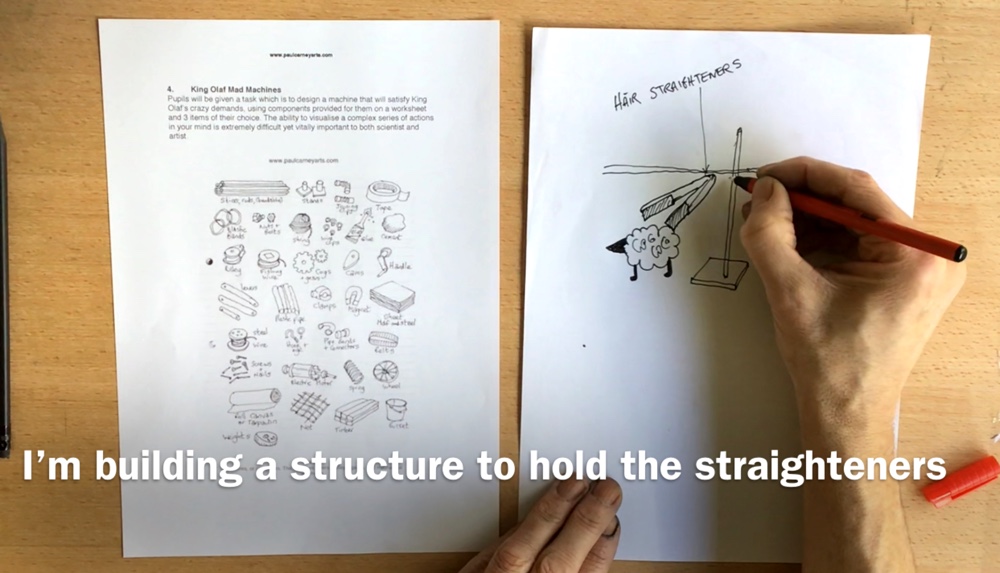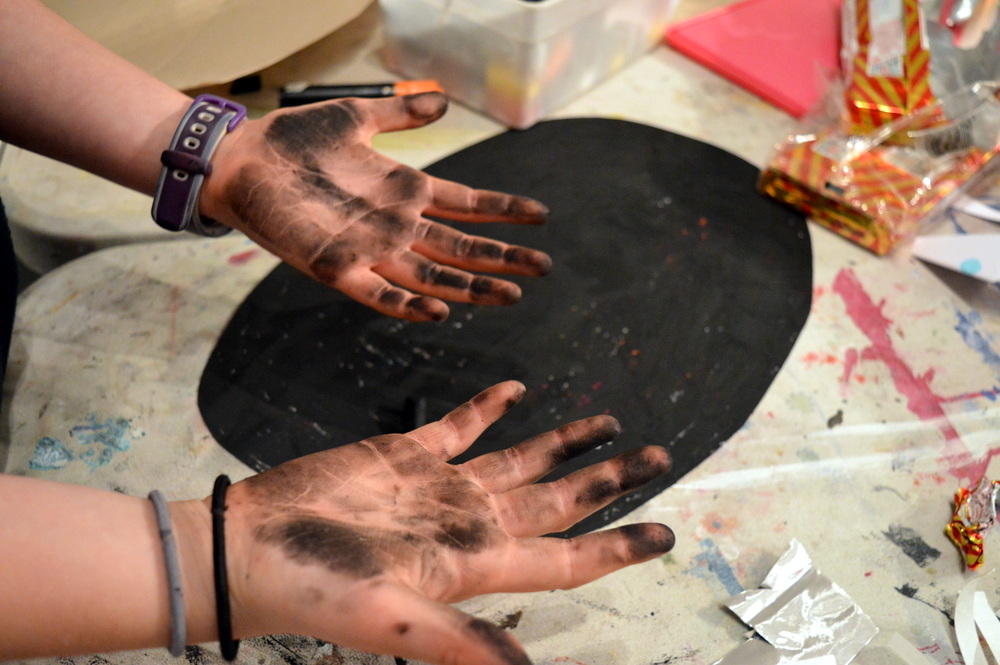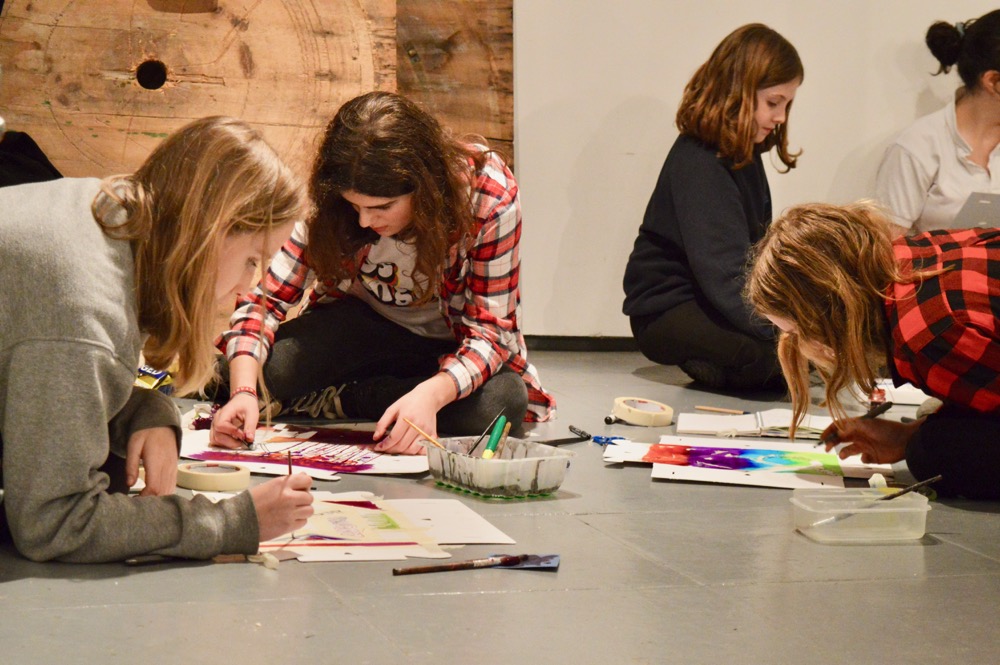This is the fifth of six resources in the series: ‘Drawing for Science, Invention & Discovery Even If You Can’t Draw’ by Paul Carney, educational consultant and author. The projects enable teachers of both art and science to approach drawing from a new perspective. You can see all of the resources here.
Introduction: Can we learn how to improve our ability to visualise complex sequences of information in our mind? Artists and scientists use this skill when thinking about the possible future stages of their work, but can we learn how to get better at it, so that we might become more successful practitioners?

Notes for Teachers
-
Learning Objectives
- To begin to understand how our ability to visualise works and so develop some exercises that may improve it.
-
Age Range
Suitable for 7-16 years.
-
Time Required
The activity takes approximately one hour.
-
National Curriculum Targets: Art & Design
A high-quality art and design education should engage, inspire and challenge pupils, equipping them with the knowledge and skills to experiment, invent and create their own works of art, craft and design.
-
National Curriculum Targets: Science
The national curriculum for science aims to ensure that all pupils develop scientific conceptual understanding, and develop an understanding of the nature, processes and methods of science.
-
Things You’ll Need
The ‘King Olaf’s Mad Machines’ worksheet (download from resource), A4 or A3 paper, pencils.
-
Extending The Lesson
Really scrutinise the original designs to make sure pupils are thinking carefully about the subtle details of their design; how it will be held in place, operated etc.
-
Supporting The Lesson
Simplify the task to concentrate on smaller, more focussed problems.
-
Assessment Guidance
High ability visualisers will construct more elaborate devices, perhaps even outlandish, impossible machines. Some might struggle to think in this way and need the support of more concentrated, simpler activities.
-
Artist Links
Look at the work of Rube Goldberg, or Heath Robinson.
-
Cross-Curricular
Ask the pupils to think about how the ability to visualise information in your mind might relate to other subjects in the school. Can it help you in other ways?
To access all content, I would like to join as…
AccessArt is a UK Charity and we believe everyone has the right to be creative. AccessArt provides inspiration to help us all reach our creative potential.

